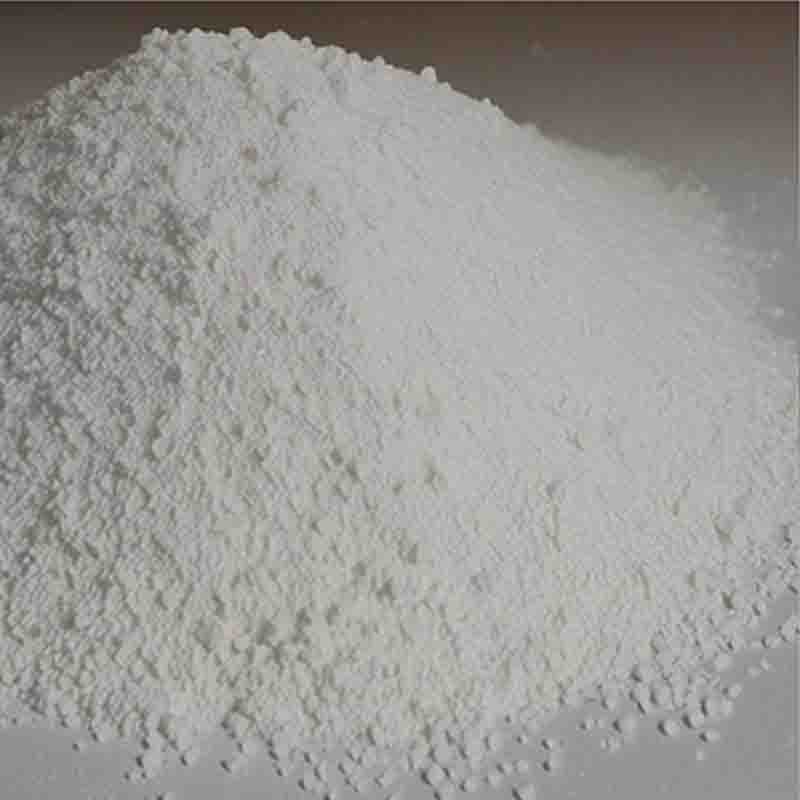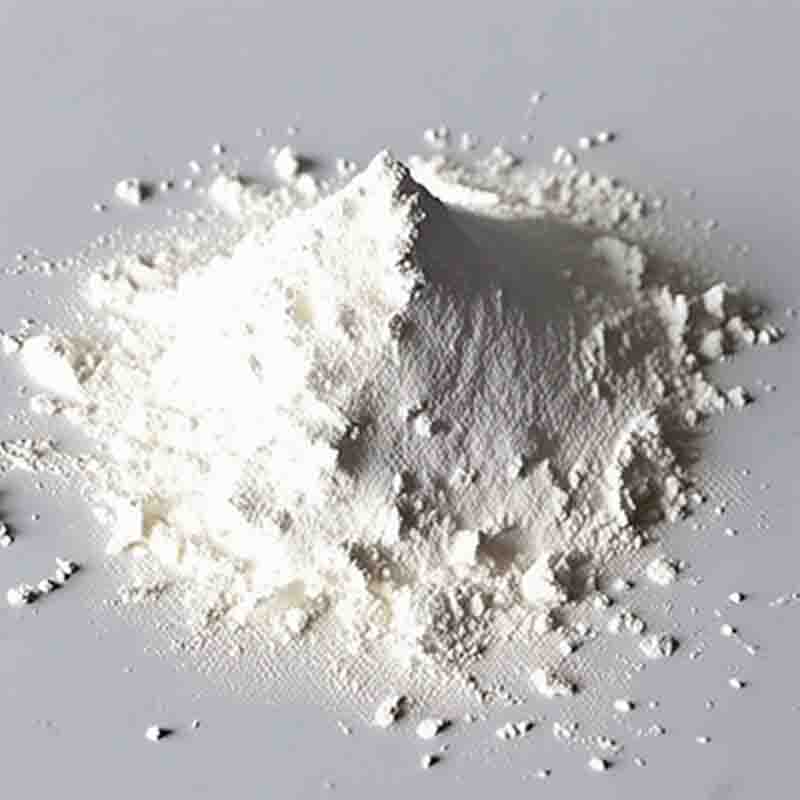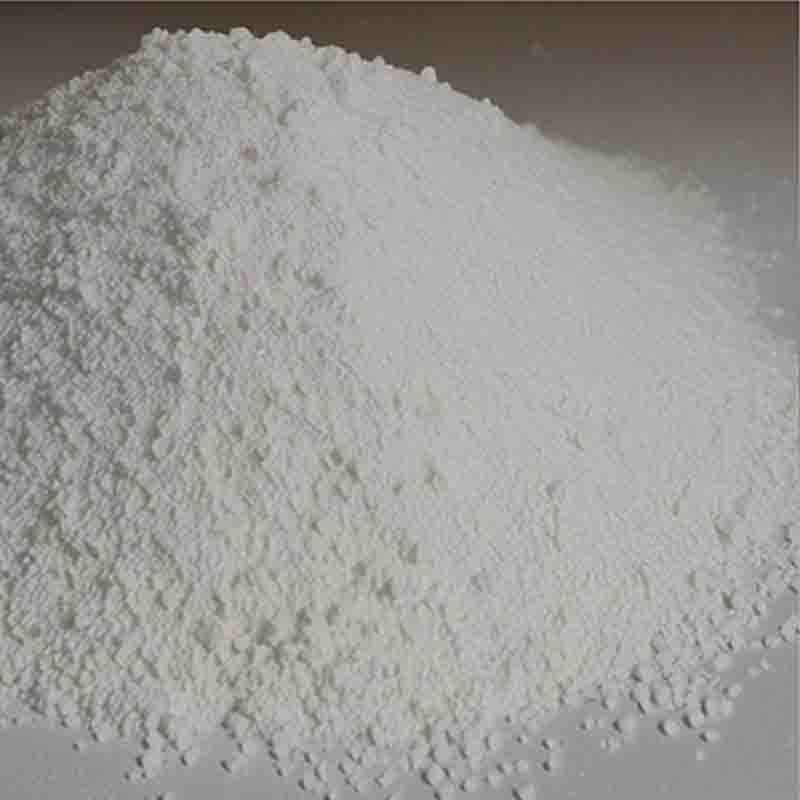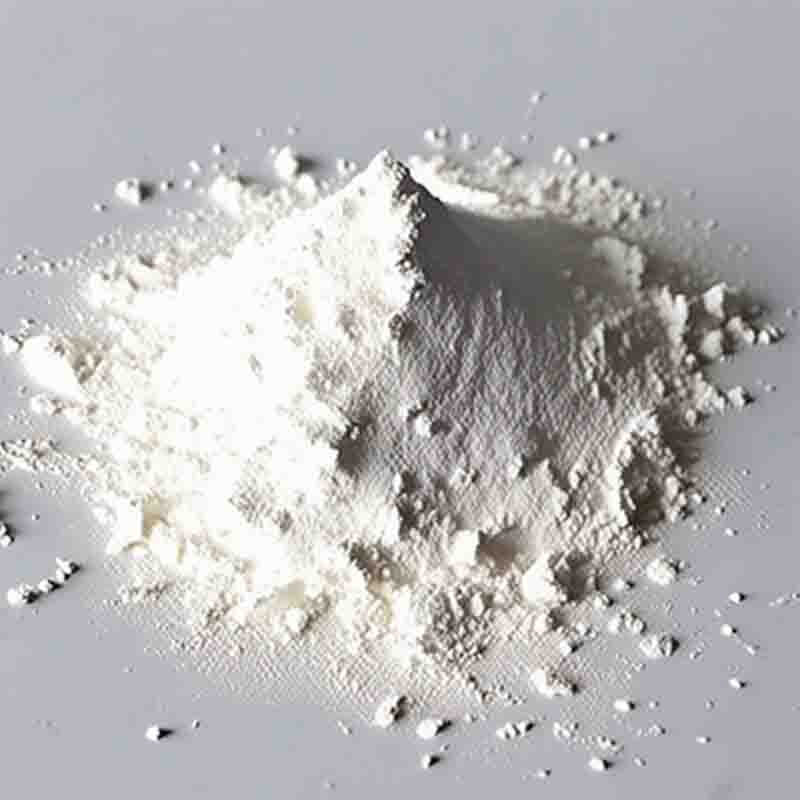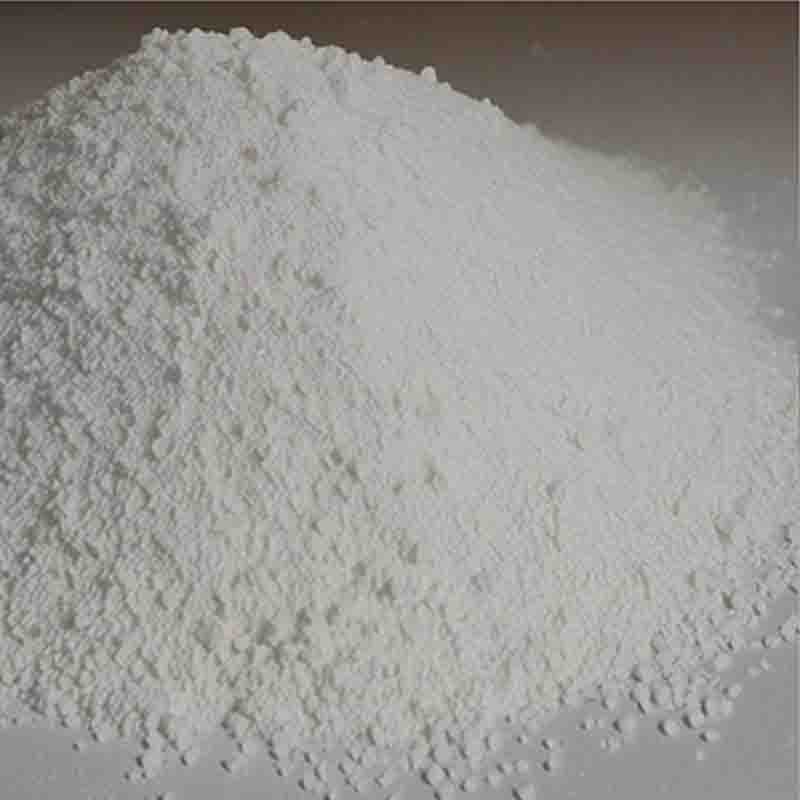4-Amino-5-chloro-2,3-dihydrobenzofuran-7-carboxylicacid CAS:123654-26-2
| Catalog Number | XD95569 |
| Product Name | 4-Amino-5-chloro-2,3-dihydrobenzofuran-7-carboxylicacid |
| CAS | 123654-26-2 |
| Molecular Formula | C9H8ClNO3 |
| Molecular Weight | 213.62 |
| Storage Details | Ambient |
Product Specification
| Appearance | White powder |
| Assay | 99% min |
4-Amino-5-chloro-2,3-dihydrobenzofuran-7-carboxylic acid is an organic compound with a unique chemical structure. This compound has several potential effects and applications.One of the primary effects of 4-Amino-5-chloro-2,3-dihydrobenzofuran-7-carboxylic acid is its potential use as a drug targeting specific biological processes. It has been studied as a potential anticancer agent due to its ability to inhibit certain enzymes involved in tumor growth and progression. Research suggests that this compound may have the ability to inhibit the proliferation of cancer cells, induce apoptosis (programmed cell death), and suppress tumor angiogenesis, the formation of new blood vessels to supply tumors. These findings open up possibilities for the development of anti-cancer therapies using 4-Amino-5-chloro-2,3-dihydrobenzofuran-7-carboxylic acid or related compounds.Moreover, 4-Amino-5-chloro-2,3-dihydrobenzofuran-7-carboxylic acid has been investigated for its potential antimicrobial properties. Studies have shown that this compound exhibits inhibitory effects against various bacteria and fungi. It has been particularly effective against multidrug-resistant strains, suggesting a potential use in the development of new antibiotics. However, further research is needed to determine its exact mechanisms of action and potential clinical applications in this area.Furthermore, 4-Amino-5-chloro-2,3-dihydrobenzofuran-7-carboxylic acid has shown promise as a potential anti-inflammatory agent. Research suggests that this compound may have the ability to inhibit the production of pro-inflammatory molecules and suppress the activation of inflammatory pathways in the body. These anti-inflammatory properties could make it a valuable candidate for the development of treatments for various inflammatory conditions, such as rheumatoid arthritis or inflammatory bowel disease. Again, more research is necessary to fully understand its therapeutic potential and safety profile in these applications.In conclusion, 4-Amino-5-chloro-2,3-dihydrobenzofuran-7-carboxylic acid exhibits various potential effects and applications. It shows promise as an anticancer agent, potentially inhibiting tumor growth and progression. It also demonstrates antimicrobial properties, which may be useful in the development of new antibiotics. Additionally, its anti-inflammatory properties suggest potential use in the treatment of inflammatory conditions. Continued research and exploration of this compound will contribute to a better understanding of its mechanisms of action and potential therapeutic applications in various areas of medicine.


